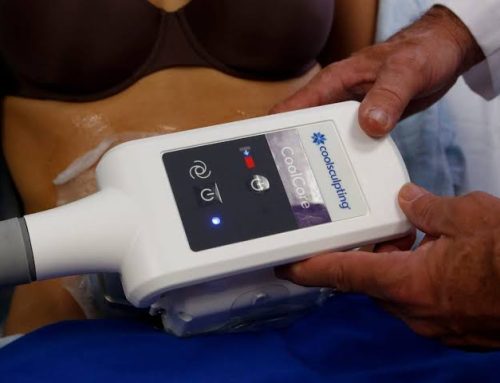Introduction
Hair transplantation in women is emerging as a popular treatment for extreme hair loss caused by various factors such as hormonal imbalance, poor nutrition, stress, drug and alcohol use among others about and causes. This article examines the effectiveness, technique and perception of hair transplant success in women.

How does hair transplant differ in women and men?
Hair transplants for women, like men, require implants to be removed from the donor area at the back of the head, under anesthesia and transported to areas where the scalp is thin. They are methods such as DHI or FUE, which play a role in ensuring aesthetics, with alternative treatments mirroring those in men. Women prefer mostly the DHI hair transplant method, at it doesn’t require full shaving.

Can women have hair transplant?
Hair transplants are considered appropriate for a select percentage of women, especially those whose hair loss is due to hormonal baldness such as traction baldness. Hair transplant is also the most successful solution for women with genetically hair loss. Women concerned about hair loss in scar areas in after cosmetic or plastic surgery and those who have experienced hair loss due to possibly depression would also be good candidates.
Doctors and professionals typically recommend that women be over 24 years of age. And not have a good donor area, to maximize success with hair transplants. This procedure is considered safe, lifetime and effective, essentially when special solutions are used that guarantee 99% hair survival.

What should I do before hair transplant?
Women seeking the best results from hair transplantation should adhere to the preprocedure plan, which includes maintaining a healthy lifestyle and following professional advice. Internal assessment loving and following the doctor’s post-transplant instructions can lead to a better recovery, improving both, the experience and the outcome.
To be best prepared it is important to follow the pre-operation instruction of the doctor. And it is necessary to avoid smoking, at least 2 weeks before the procedure.
Biotin and Zink are helpful to boost hair growth and will lead to even better results. It is recommended to directly start. The earlier, the better.
What is the best routine after hair transplant?
While hair transplantation is normally taken into consideration safe with minimal facet results, choosing an experienced team of expert doctors and a dependable health center is vital to keep away from complications like bleeding, swelling, and scarring. Strict adherence to submit post operative advices, such as keeping off suns exposure and keeping a regular sleep posture, can help in a rapid and smooth recovery, allowing return to everyday routine within 10 days to 3 weeks.
After the operatıon the hair need to be washed every day, for the first 10 days post op.
By gently applying the product provided by the surgeon, to the scalp, which both cleanses the scalp and relieves itching.
Rinsing with clear warm water and low water pressure. It is important to not touch the sculp.
After 10 days, the sculp can be touched by giving gently massages, during the hair wash. By putting the head under a luke-warm shower with moderate pressure and using the special shampoo to clean the operated area. Always very gently. The scabs start to fall off by themselves. Scratching should be avoid.
For a perfect aftercare it is important to follow all steps.
Get a free Hair Transplant Aftercare Plan.

Conclusion
Hair transplant success in women depends on a variety of factors such as individual health conditions, adherence to pre- and post-procedure guidelines and the chosen method of transplantation. If informed, understanding and realistic expectations aside, hair transplants can certainly prove to be the most successful solution to stop female hair loss.
Disclaimer: The content on this blog is intended for general informational purposes only. It is not a substitute for professional medical advice, diagnosis, or treatment. Always consult qualified healthcare providers for personalized advice. Information regarding plastic surgery, dental treatment, hair transplant, and other medical procedures is educational and not a guarantee of results. We do not assume liability for actions taken based on blog content. Medical knowledge evolves; verify information and consult professionals. External links do not imply endorsement. By using this blog, you agree to these terms.










